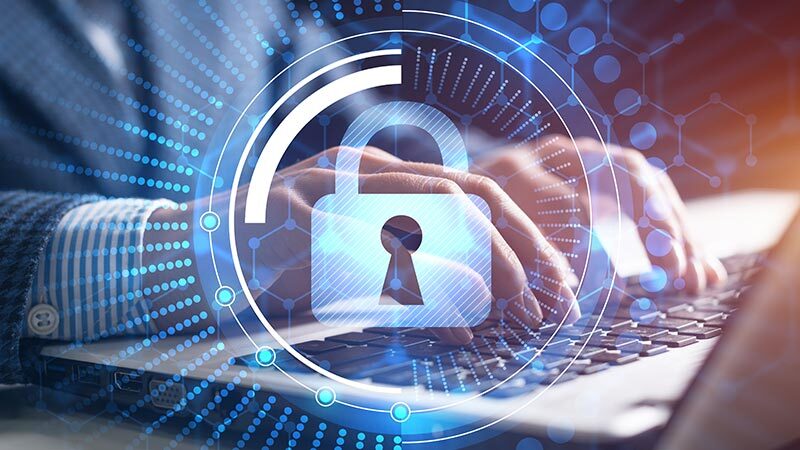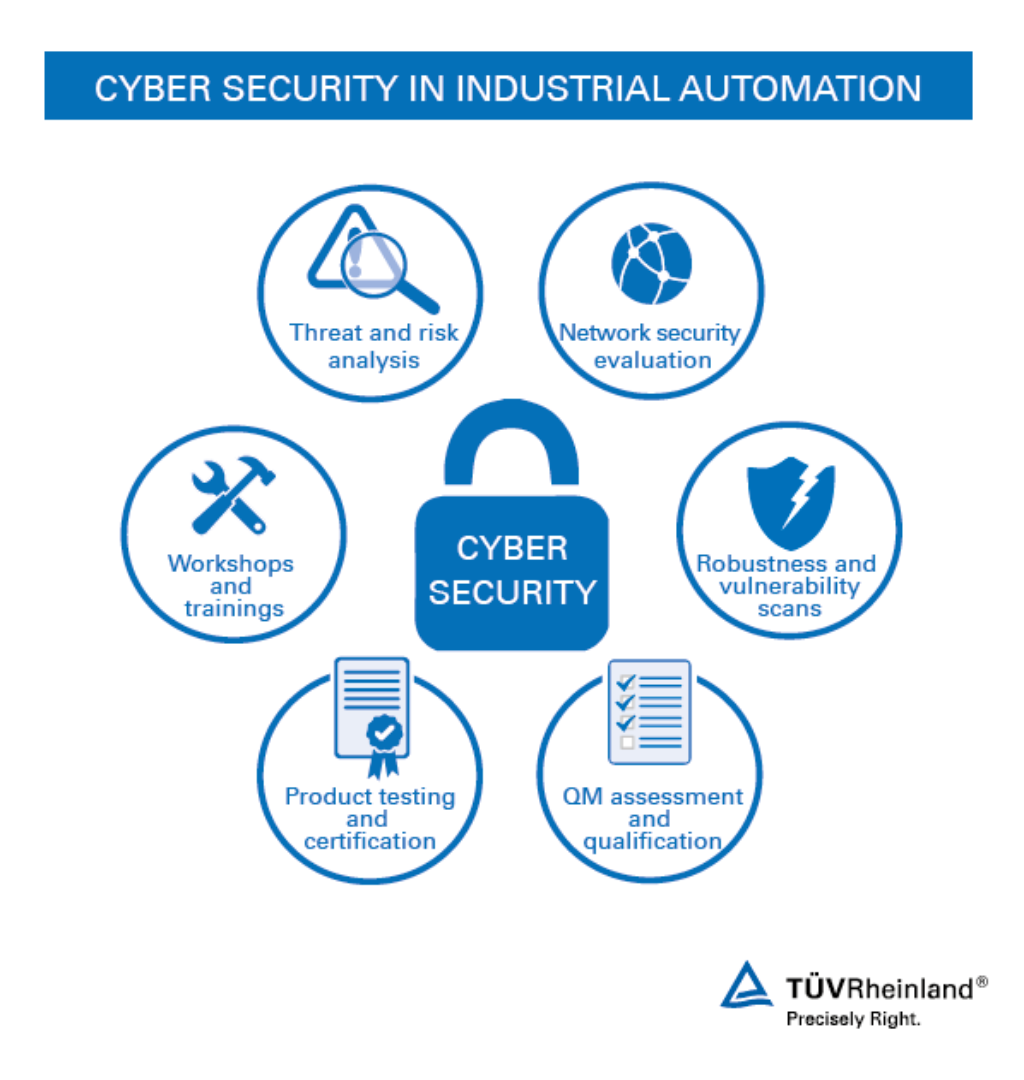Raise Your Digital Safety with the Best Cyber Security Services in Dubai
Raise Your Digital Safety with the Best Cyber Security Services in Dubai
Blog Article
Checking Out Exactly How Cyber Safety Functions to Guard Your Online Visibility
In today's electronic landscape, shielding one's on the internet presence has actually ended up being increasingly critical, with cyber threats advancing at an alarming rate. Cyber protection utilizes a multifaceted strategy, incorporating advanced modern technologies like firewall softwares, encryption, and multi-factor authentication to protect sensitive information. Just how do these innovations work with each other to produce a smooth shield versus cyber dangers?
Comprehending Cyber Risks
In the digital landscape, cyber dangers represent an awesome difficulty, needing a nuanced understanding of their nature and potential influence. These hazards incorporate a broad range of harmful activities coordinated by individuals, groups, and even nation-states, targeting delicate data, interrupting procedures, or causing reputational damage. Recognizing cyber threats begins with recognizing the numerous forms they take, including malware, phishing, ransomware, and dispersed denial-of-service (DDoS) strikes.
Malware, or destructive software, includes viruses, worms, and trojans that infiltrate systems to trigger or take data damage. Ransomware encrypts sufferers' data, demanding a ransom money for its release, positioning significant operational and economic risks.
Identifying the motivations behind these hazards is essential. By adequately comprehending the diverse nature of cyber hazards, companies can better expect potential susceptabilities and tactically designate sources to reinforce their defenses against these ever-evolving hazards.
Trick Cyber Security Technologies
As organizations aim to guard their electronic assets, essential cybersecurity modern technologies play an essential function in strengthening defenses versus cyber threats. IDS monitor network web traffic for questionable tasks, while IPS proactively obstruct possible threats, guaranteeing real-time security.
Additionally, anti-viruses and anti-malware options continue to be basic in identifying and reducing harmful software application. They use heuristic and signature-based techniques to discover unidentified and well-known dangers. Endpoint detection and reaction (EDR) systems even more enhance safety and security by offering detailed exposure into endpoint activities, making it possible for quick occurrence action.
Identity and access management (IAM) technologies make certain that just licensed individuals get to critical sources, consequently minimizing the risk of unauthorized information gain access to. Multifactor authentication (MFA) adds an added layer of safety, needing users to give numerous verification factors.
In addition, safety information and occasion administration (SIEM) systems aggregate and analyze protection data, offering insights into possible vulnerabilities and facilitating aggressive danger management. These technologies jointly form a durable framework, equipping organizations to keep a resilient cybersecurity stance.
Role of Firewalls and Security
By managing incoming and outbound network website traffic, they prevent unapproved accessibility to data and systems. Firewall programs use predefined safety regulations to obstruct or allow information packages, effectively shielding sensitive information from cyber risks.
Security, on the various other hand, transforms readable information into an encoded layout that can just be understood with a particular cryptographic key. Security is vital for safeguarding sensitive details such as monetary information, individual identification information, and proprietary organization info.
Together, firewalls and file encryption offer a comprehensive protection mechanism. While firewall programs handle access and shield networks from unauthorized entrance, encryption safeguards information stability and confidentiality. Their integrated application is important in mitigating threats and guaranteeing the security of digital properties in a progressively interconnected globe.

Relevance of Multi-Factor Verification
While firewall programs and security create the foundation of cybersecurity, boosting defenses additionally calls for the application of multi-factor verification (MFA) MFA includes an added layer of safety by needing individuals to verify their identity via 2 or even more various aspects before accessing to sensitive details or systems. These variables commonly consist of something the individual knows (a password), something the user has (a security token or smart device), and something the user is (biometric confirmation such as a fingerprint or face acknowledgment)
The significance of MFA in protecting online visibility is critical in today's digital landscape. With cyber hazards coming to be more progressively sophisticated, counting entirely on traditional password-based verification leaves systems susceptible to breaches. MFA dramatically minimizes the risk of unapproved gain access to by making it significantly much more challenging for cybercriminals to endanger an account. Also if a password is stolen, the added verification steps work as a powerful barrier.

Behavioral Analytics in Cyber Safety
Behavioral analytics represents use this link a critical advancement in cybersecurity, using an innovative method to danger discovery and avoidance. By analyzing patterns in individual habits, this approach recognizes anomalies that may indicate prospective cyber dangers.
This modern technology is particularly effective in discovering expert hazards and zero-day attacks, which are frequently missed by traditional protection systems. Expert hazards, where people within an organization abuse gain access to advantages, can be specifically destructive and tough to spot. Best Cyber Security Services in Dubai. Behavioral analytics supplies a layer of analysis that can capture refined inconsistencies in actions, such as uncommon accessibility patterns or information transfers, prior to they intensify into significant security incidents
Furthermore, the vibrant nature of behavioral analytics allows it to adjust to advancing hazards, supplying constant protection as cyberattack strategies transform. As companies progressively rely on digital frameworks, integrating behavioral analytics right into cybersecurity methods makes sure a durable defense, keeping and protecting sensitive information rely on digital communications.
Final Thought
Finally, the complex technique of cyber safety, encompassing modern technologies such as firewall softwares, encryption, multi-factor verification, and behavior analytics, plays an important duty in securing online visibility. By filtering website traffic, securing information transmission, needing numerous confirmation methods, and keeping an eye on user task for anomalies, these modern technologies collectively address the intricacies of modern cyber dangers. This layered defense not just safeguards financial and personal details but additionally ensures constant defense in an ever-evolving digital landscape.

As companies make every effort to secure their digital assets, vital cybersecurity modern technologies play a vital function in fortifying defenses versus cyber dangers. Firewall softwares utilize predefined protection policies to block or allow data packages, successfully shielding delicate info from cyber risks.This technology is especially effective in detecting expert threats and zero-day strikes, which are typically missed by conventional safety and security systems. By filtering system website traffic, protecting information transmission, needing several confirmation methods, and keeping track of customer activity for abnormalities, these technologies jointly address the intricacies of modern-day cyber risks.
Report this page